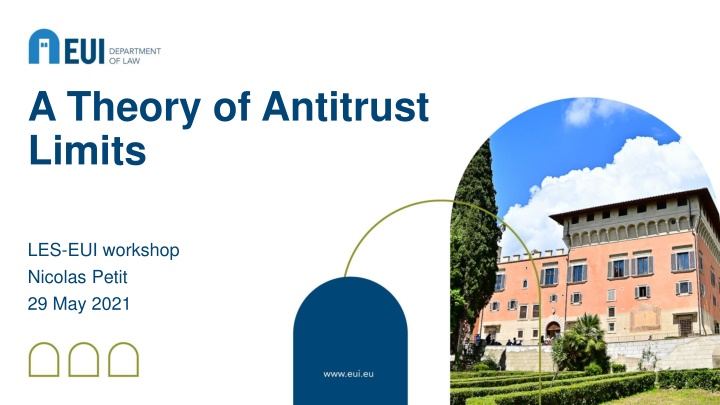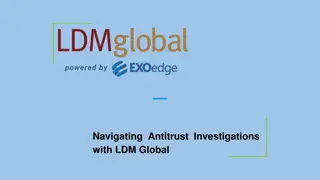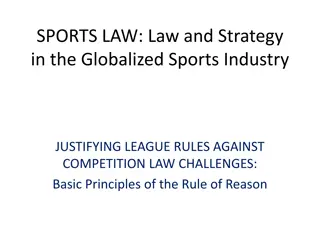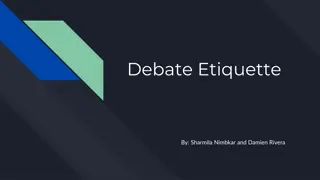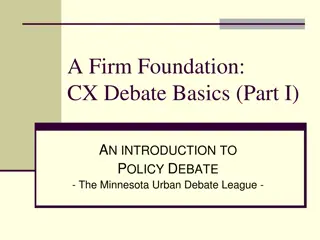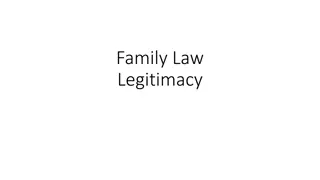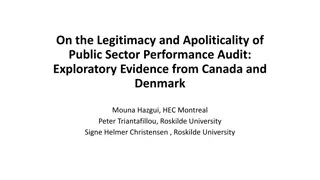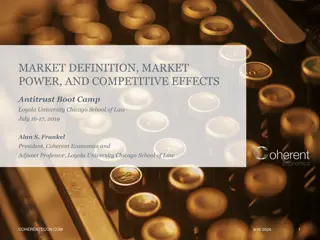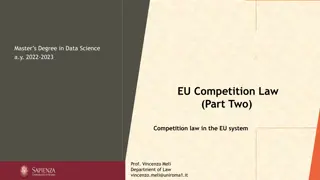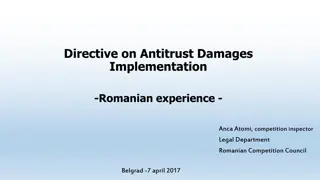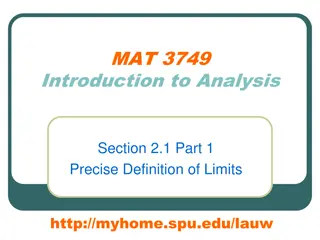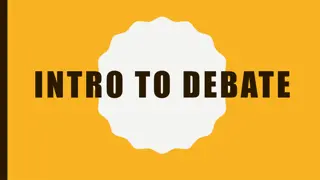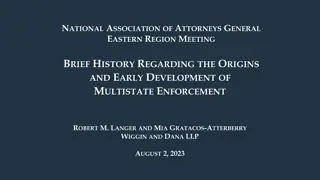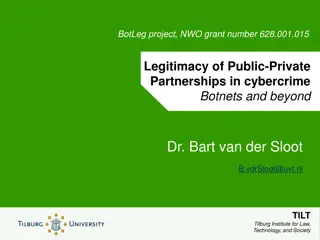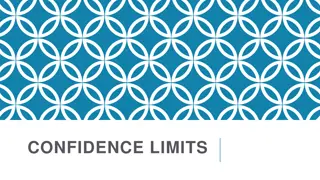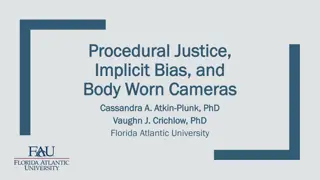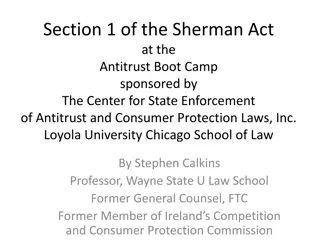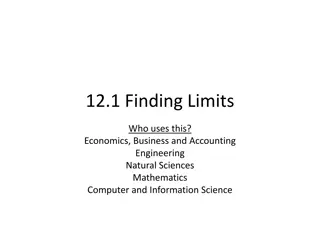Limits of Antitrust Law: Efficiency vs. Legitimacy Debate
This workshop analyzes the limits of antitrust law, questioning if they are set too strictly and exploring the shift from an efficiency to legitimacy framework. The discussion covers ideological perspectives, comparative analysis of US vs. EU antitrust systems, and the historical context of Chicagoan markets. It delves into the methodological aspects of antitrust inquiries, the mechanics of harm, and the evolution of antitrust frameworks over time.
Download Presentation

Please find below an Image/Link to download the presentation.
The content on the website is provided AS IS for your information and personal use only. It may not be sold, licensed, or shared on other websites without obtaining consent from the author.If you encounter any issues during the download, it is possible that the publisher has removed the file from their server.
You are allowed to download the files provided on this website for personal or commercial use, subject to the condition that they are used lawfully. All files are the property of their respective owners.
The content on the website is provided AS IS for your information and personal use only. It may not be sold, licensed, or shared on other websites without obtaining consent from the author.
E N D
Presentation Transcript
A Theory of Antitrust Limits LES-EUI workshop Nicolas Petit 29 May 2021
Issue Are the limits of antitrust law set too strictly? Not a novel conversation Traditionally discussed => efficiency framework Today, discussed => legitimacy terms Literature Ideological (Wright, Manne) Institutionalism (Kovacic, Crane) Strawman-type argument (Hovenkamp, Melamed, Monti) Paper contribution 2
Method RQs Hypos and tests Is Chicagoan ideology determinant in current limits of antitrust law? If no, what features of antitrust systems correlate w/ observed limits? And where should limits be ideally set? Contemporary limits existed in pre Chicagoan times: Y/N/P Comparative I/O analysis of US v EU antitrust systems Error costs? 3
Q1 Four chicagoan markets: CW, RoR, neglect of labor power, and bias agst State regulation Traces in the old cases Concerns for price effects Welfarian framework Buyer US Steel, 1920; Reading Coal, 1920; CBoT, 1918 No ideological system in pre Chicagoan era but markers undeniably present 4
Q2 Input/Output Explanation Limits are factual inquiries added to establish liability Judgment (normative possibly), about degree of empirical truth needed to ground intervention EU law more probabilistic, US law requires resolution of more factual uncertainty US law: judicialized, decentralized, and litigation friendly (w/ corrections) EU law: expert, more centralized, and regulation leaning (w/ corrections) Strict limits in US law, soft ones in EU law 5
Q3 Framework Mechanics of harm Judicial error of forbidden competition (type 1) v market error of excused monopoly (type 2) Easterbrook s inequality Empirical question, w/ normative answer Duration Diffusion Likelihood 6
Review 2020s 1980s 7
Conclusions Method Substance Inherent limits Correlate w/ institutional, formal, and cultural features of antitrust systems Change in the law is a necessary process But issue of expectations formation v frustration if constraints ignored when adopting new law Analytical limitations Further work needed? 8
